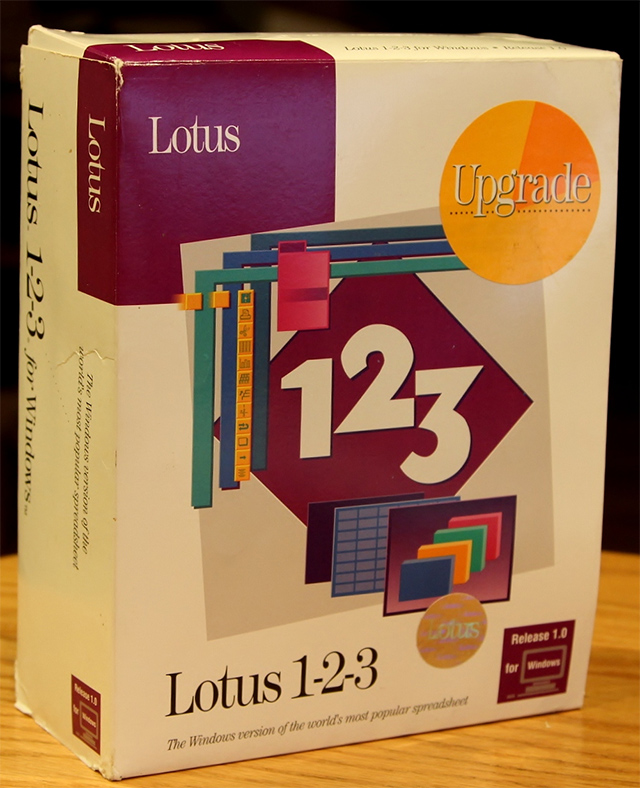So farewell then Lotus 1-2-3, spreadsheet extraordinaire


Thirty-one years is a good run for any product and that is how long we have lived with the spreadsheet that defined the PC generation, Lotus 1-2-3.
Earlier this week IBM Lotus 1-2-3. Millennium Edition, IBM Lotus SmartSuite 9.x, and Organizer finally, quietly passed the date on which support was due to end, September 30.
So farewell 1-2-3. It may not have been the first computer spreadsheet, that honour went to VisiCorp's, Apple II-based, VisiCalc, it was the first spreadsheet designed to run on the IBM PC which had launched two years earlier. But Lotus founder, Mitch Kapor made no secret of the fact that he wanted 1-2-3. to be the best in every category.
Commenting on the news of 1-2-3's demise, Mitch Kapor told ZDNet: "Lotus 1-2-3 had a great run and I’m proud of what we accomplished at Lotus. It was a landmark product of its era and set the standards for productivity applications for personal computers for a long time.”
So, it was well built software that was designed to be reliable. It came in a nice, compact A5 package - as opposed to the usual A3. And the neat binder had a tough carry-case, as if the whole package was designed for the busy executive on the move. Kapor was an innovator in many fields and Lotus 1.2.3. was one of the first IT business products I remember being advertised on television.
Featured
Looked at with a 21st century perspective, it's hard to understand what made it such a compelling package but compelling it was and Lotus 1-2-3. sold by the bucket-load. Lotus 1-2-3. was to prove an outstanding success - the business plan had called for $1m in sales in its first year, but actual results were $54m.
Under Kapor's leadership Lotus introduced other office products such as Ray Ozzie's Symphony office productivity suite in 1984 and the Jazz office suite for the Mac in 1985. Jazz did poorly but thanks to products like Notes, Lotus continued to do well.
The company introduced other office productivity software but by 1986 Kapor was ready to step aside to let Jim Manzi, a 1982 recruit, take over as CEO.
In 1985 Lotus developed Note, a client app, and Domino, a server app, to work as a collaborative client/server system before the company was acquired by IBM on July 5 1995.
Further Reading: